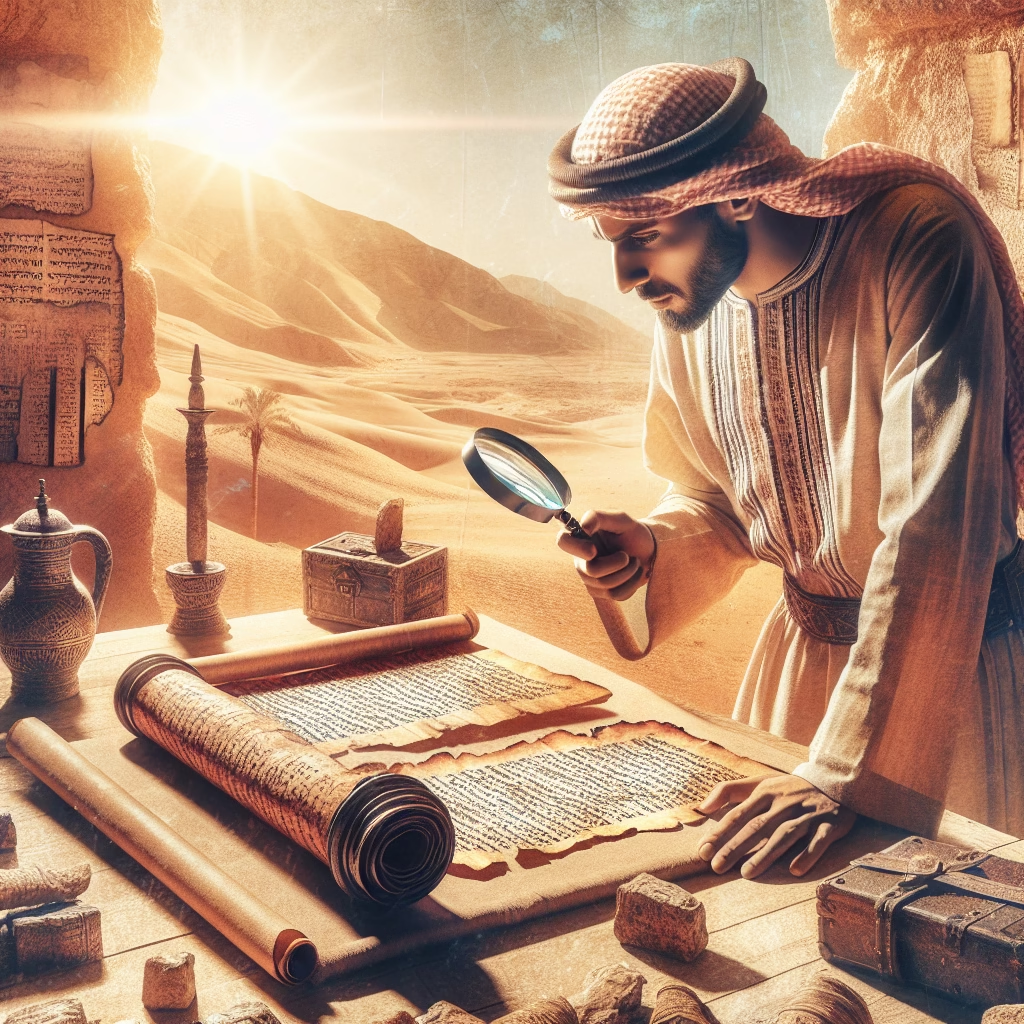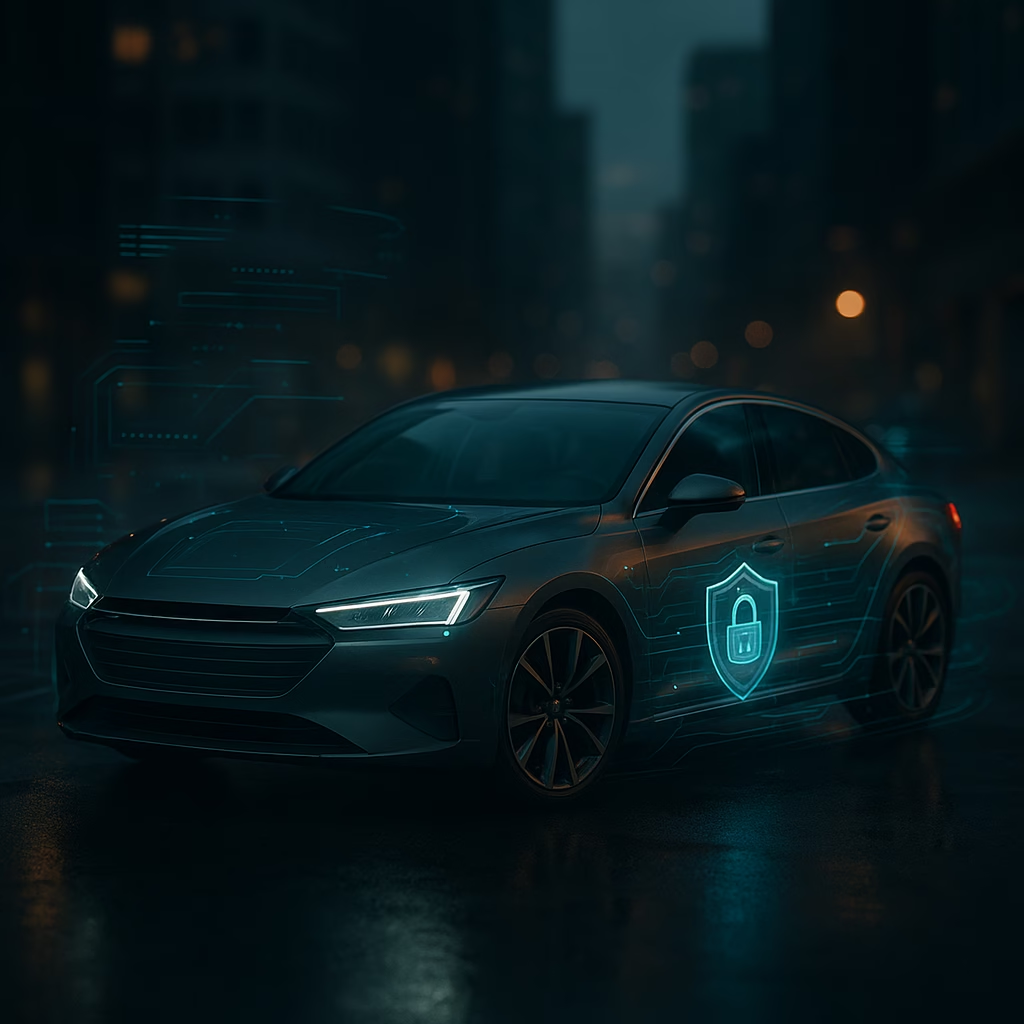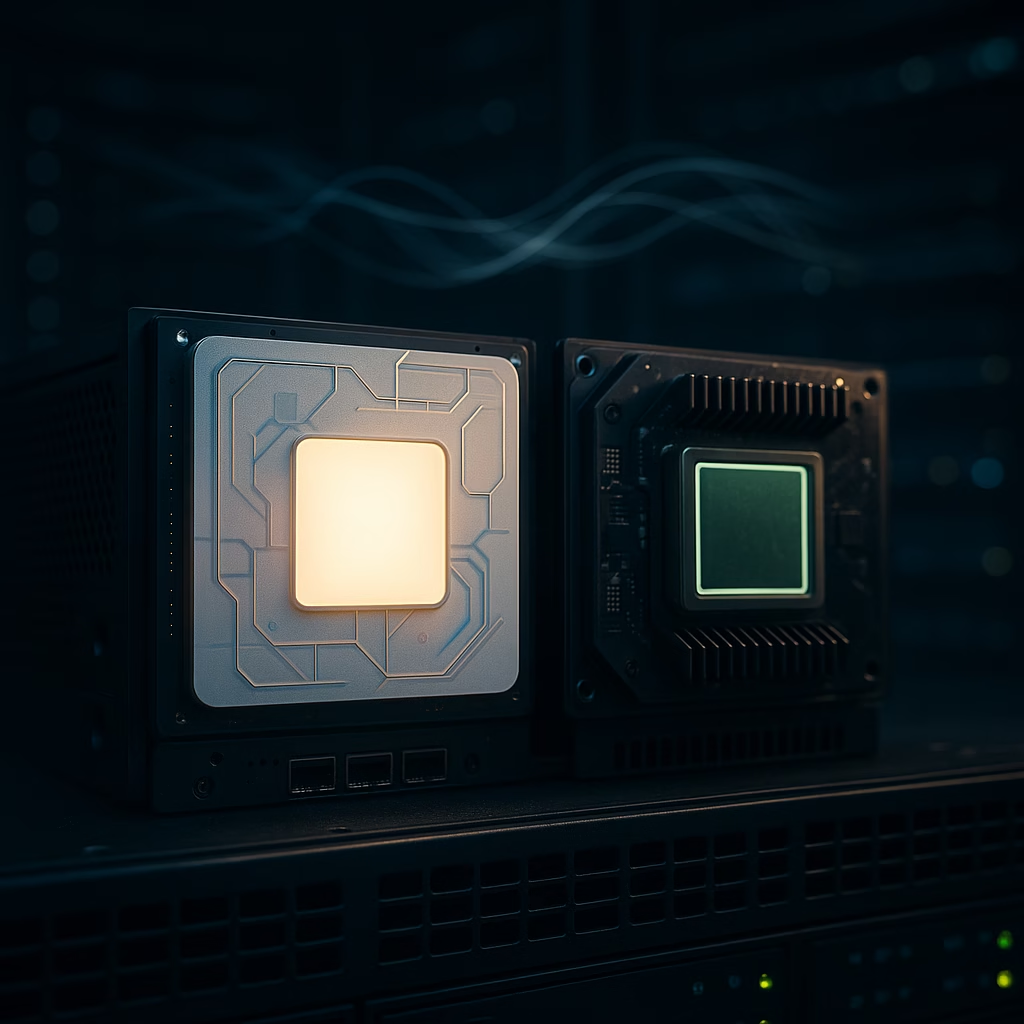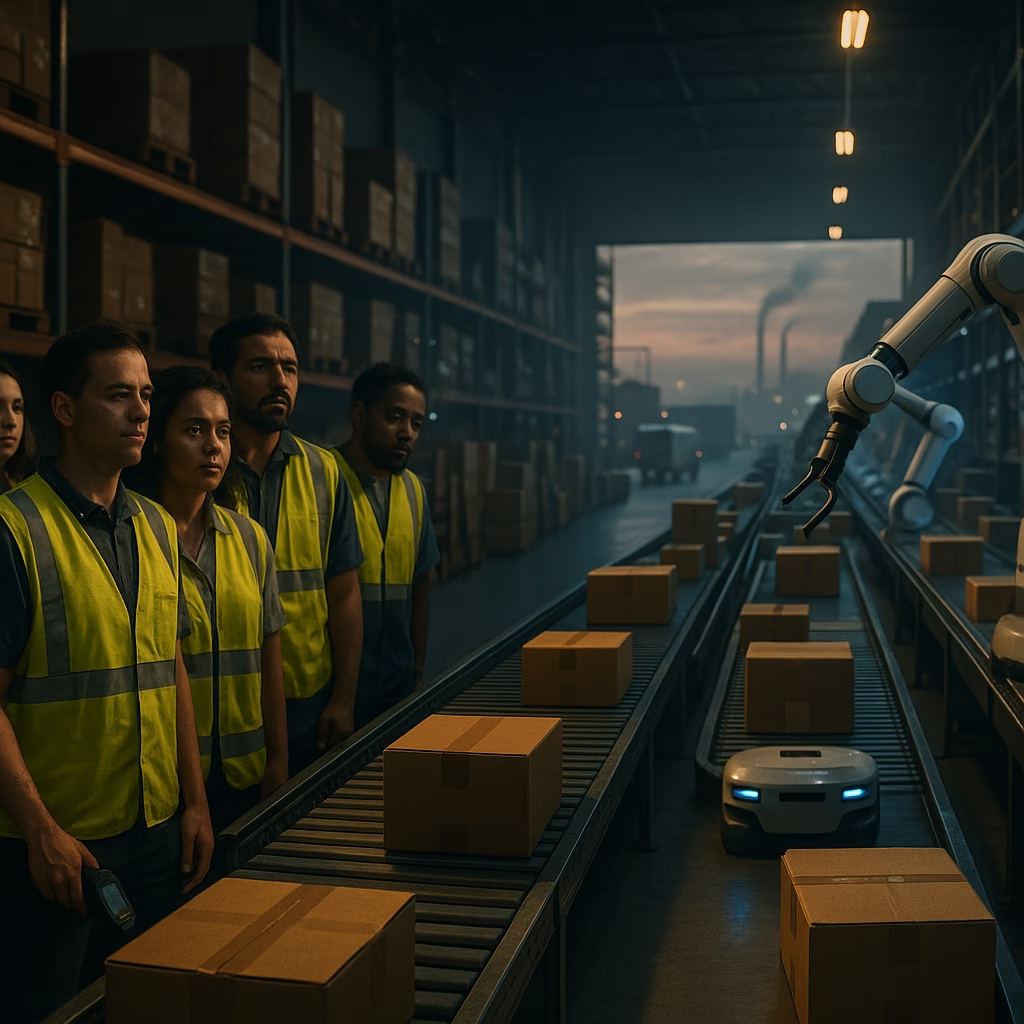AI-Powered Revelation: New Carbon Dating Rewrites the Age of Dead Sea Scrolls
Unearthing the Past with Modern Tools
The Dead Sea Scrolls, one of the most significant archaeological discoveries of the 20th century, have long provided scholars with invaluable insights into Judaism and the origins of Christianity. But a groundbreaking 2025 study revealed something astonishing: these ancient documents may be much older than previously believed. Thanks to a fusion of **artificial intelligence** and advanced **carbon-dating technology**, researchers have reanalyzed the age of the scrolls and uncovered a surprising truth that could reshape religious and historical narratives.
The Dead Sea Scrolls: A Brief Overview
Discovered between 1947 and 1956 in the Qumran Caves near the Dead Sea, the Dead Sea Scrolls comprise over **900 ancient manuscripts**. These texts include:
- Biblical manuscripts—the oldest copies of books from the Hebrew Bible
- Apocryphal writings—texts not included in the standard canon
- Sectarian documents—rules and beliefs from the Essene Jewish sect
For decades, the prevailing consensus was that these scrolls were composed between **150 BCE and 70 CE**. This timeline aligned with historical accounts of sectarian Jewish groups active during that era. But AI-aided carbon dating is now challenging these long-held beliefs.
The Science: Merging AI with Radiocarbon Dating
What set this new analysis apart wasn’t just equipment—it was **machine learning algorithms** trained to identify subtle inconsistencies and anomalies often missed by traditional methods. At the heart of the research is **AI-enhanced radiocarbon dating**, a technique that uses artificial intelligence to cross-reference:
- Carbon decay rates
- Historical atmospheric carbon fluctuations
- Material composition of parchment and ink
Using these algorithms, scientists were able to compare data from the scrolls with a high-resolution global radiocarbon model. The result? A startling discovery that the scrolls might date back as early as **350 BCE**, potentially making them **two centuries older** than previously believed.
Rewriting History One Algorithm at a Time
This updated timeline has enormous implications. If parts of the scrolls date closer to the **Persian period** rather than the **Hellenistic** or **Roman periods**, we may need to rethink the socio-political and theological environments in which they were written. This could reshape theories about:
- The evolution of Second Temple Judaism
- The origins of Christian theology
- The early foundations of biblical canonization
The Role of Ink and Parchment Analysis
The AI tools also examined the **chemical signatures** of the ink and parchment used in the scrolls. This analysis revealed that certain scroll materials were more consistent with those found in earlier centuries, particularly in the way ink was synthesized using plant-based materials rather than metal salts, a method more commonly attributed to later periods.
Researchers at the University of Groningen and Stanford University collaborated on this study, combining resources that included digital imaging, spectrography, and a heavily trained AI model known as “ScrollAI” that could detect microscopic wear, residue, and deterioration patterns.
Beyond the Scrolls: A New Era for Archaeology
This isn’t just about dating a few ancient documents. The success of AI in this project marks the beginning of a new archaeological era. The ability to integrate AI into historical research offers game-changing possibilities, such as:
- Accurate identification of forgeries and replicas
- Reconstruction of fragmented manuscripts
- Predictive modeling of undiscovered sites
Dr. Emil Vorspan, one of the co-leads of the project, noted: “By leveraging the power of machine learning, we’re not only rewriting history—we’re also redefining how we study it.”
Reactions from the Scholarly Community
Unsurprisingly, the revelation has ignited passionate debate across religious, historical, and academic communities. Key points of contention include:
- Religious Significance: Older scrolls may indicate a more complex relationship between Judaism and prospective early Christian theology.
- Historical Authenticity: Some scholars are skeptical about AI’s interpretative capabilities, demanding further peer-reviewed validation.
- Textual Evolution: Earlier compositions suggest a longer period of textual transmission and doctrinal evolution than previously thought.
However, the overall sentiment is one of scientific enthusiasm. Many see this as a **giant leap in interdisciplinary research**, combining the rigor of computer science with the nuance of historical investigation.
Religious and Cultural Implications
For theologians and religious historians, the idea that the scrolls predate commonly accepted timelines opens up a realm of possibilities. If texts referencing messianic expectations existed centuries earlier than assumed, it could indicate that such ideas were deeply rooted in pre-Hellenistic Jewish thought—offering fresh interpretations of prophetic literature.
What’s Next? Expanding the AI Frontier
The AI-carbon dating breakthrough has set a precedent for similar research projects globally. Efforts are already underway to apply the same technology to other ancient artifacts and manuscripts, including:
- The Nag Hammadi texts (Egypt)
- The Copper Scroll (Israel)
- Sanskrit palm-leaf manuscripts (India and Nepal)
These future initiatives aim to uncover even more hidden truths buried by time and tradition. In doing so, historical timelines might shift again—but this time, with **greater accuracy and technological integrity**.
Implications for Public Knowledge and Education
This development also raises important questions around **history education**, both in academic institutions and the public domain. Museums and educational curricula may need to adjust how they present ancient history, especially regarding **biblical studies**, **Judaic history**, and **ancient Near Eastern civilizations**.
Conclusion: A New Timeline, A New Understanding
The 2025 breakthrough in Dead Sea Scroll research is a vivid reminder that history is far from static. Through the lens of artificial intelligence and cutting-edge carbon dating, we’ve gained a more nuanced, and potentially more accurate, picture of one of history’s most important collections of texts. This newfound understanding paves the way for deeper questions and richer discussions about where we come from—and who we are.
As we stand at the intersection of technology and tradition, it’s clear: the past still has secrets to tell, and science is now equipped to listen better than ever before.
Stay tuned for more updates on how AI continues to transform archaeology and historical research.< lang="en">







Leave a Reply